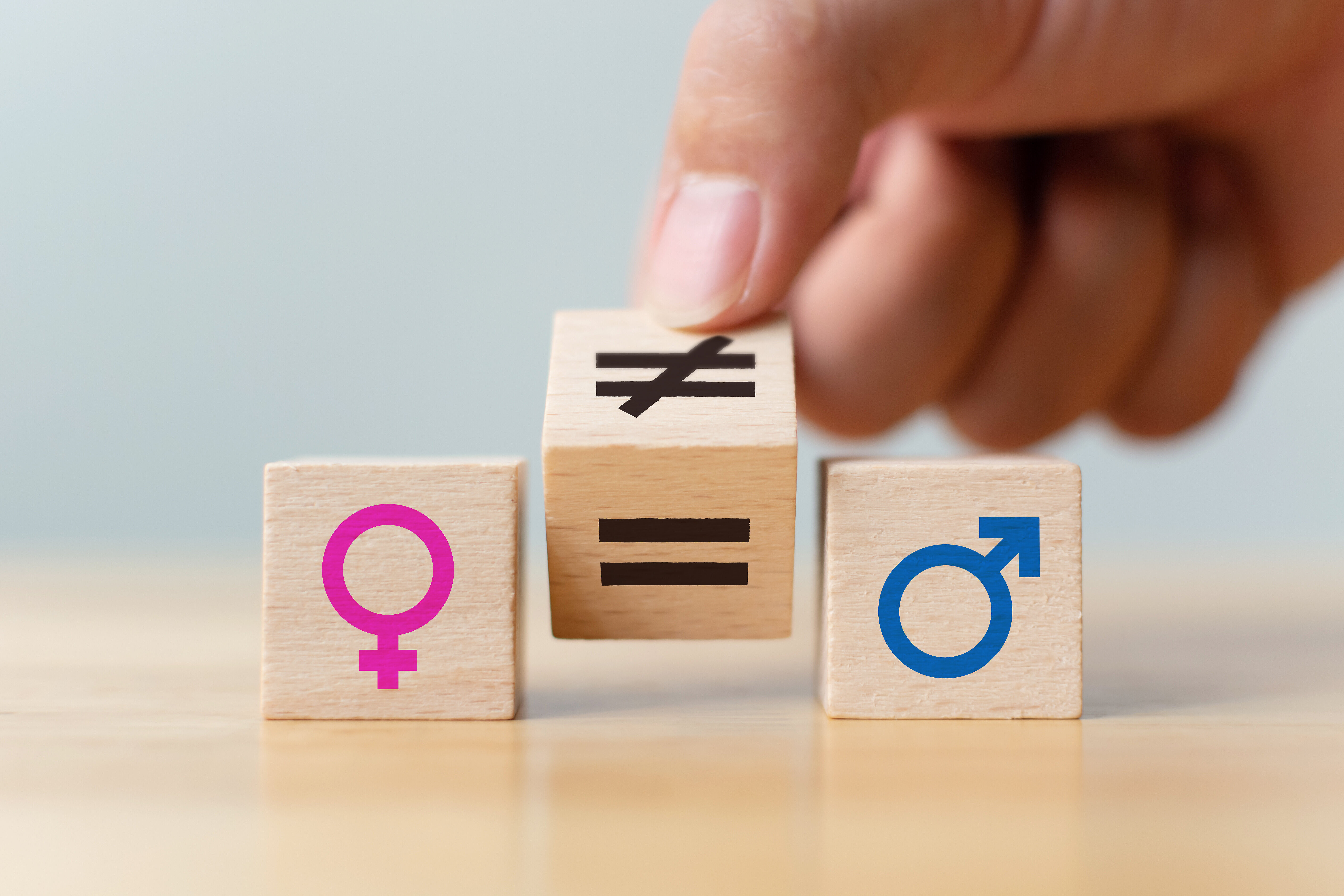
Do women and men react differently to infections?
"Aside from other factors, the immune system and its effectiveness differ considerably between the sexes. Which has far-reaching consequences: for the vast majority of infectious diseases, for vaccinations, for autoimmune diseases," says Dr Henning Jacobsen from the department Viral Immunology at the Helmholtz Centre for Infection Research (HZI).

Hormones and genes bear the primary responsibility for these biological differences. Put simply, the male sex hormone testosterone slows down the immune system a little. In turn, other than in pregnancy, which is an exception, the female sex hormones of women – the oestrogens and progesterone – tend to have a promoting effect on the reaction of the immune system. "In particular, interferon gamma can be activated by oestrogens, and that, in turn, activates numerous processes that are associated with an inflammatory reaction," says Jacobsen.
In clinical settings, we see chronic viral infections in males significantly more often than in females.
In addition to hormones, the genes also play a role. "For example, many genes that are essential for the immune system, are located on the X chromosome. And unlike men, women are known to have two X chromosomes instead of one," says Prof Markus Cornberg, Deputy Director of the Clinic for Gastroenterology, Hepatology, Infectiology and Endocrinology at the Hannover Medical School (MHH) and Director of the Centre for Individualised Infection Medicine (CiiM), a joint facility of the MHH and the HZI. "Likewise, Toll-like receptor 7, TLR7 for short, is also encoded on the X chromosome. The receptor is important for early detection of invading viruses," says Cornberg, who is also Clinical Director of the HZI.
All these differences in hormones and genes mean that autoimmune diseases are more frequent in females because the immune system tends to overreact. However, upon exposure to a pathogen, a female's immune system also often reacts more quickly and effectively to the hazard than that of a male.
"In clinical settings, we see chronic viral infections in males significantly more often than in females," says Cornberg, whose work includes hepatitis research. Whether chronic hepatitis B, C, D or HIV – males are more frequently afflicted by many chronic viral infections.
Then there are the sociological differences, which may add to the biology. "The English language distinguishes between sex – the biological sex – and gender – the non-binary gender identity and the influence of the gender role in society," Jacobsen explains. Even though there has been some convergence in gender roles in many areas in recent years, there are still enough differences, with gender-specific consequences for infectiology. To put it in simple terms – as mentioned, gender can be non-binary – on average, women go to the doctor more often than men, talk more honestly about their symptoms, which, in turn, has an impact on the treatment strategy for infections as well. Another example: Women work in hospitals more often than men and have a correspondingly higher risk of contracting pathogens that are common in hospitals.

However, regardless of where the differences originated, experts like Cornberg and Jacobsen are certain: So far, they have not been taken into account in clinical practice to a sufficient extent. Just one example: side effects of COVID-19 vaccinations, which occur significantly more often in females than in males. At the same time, though, the control of antibody titres shows that females gain better vaccination protection after the vaccination. "As a scientist, I naturally ask myself whether females could be given lower doses of the vaccine to reduce the side effects, since the effect of the vaccine appears to be stronger in them. Or, in turn, whether you can give higher vaccine doses to males to increase the effectiveness of the vaccination," says Cornberg. But so far none of this is being seriously considered. Even with drugs for the treatment of infections, the dose is usually made to depend on age or other factors, but almost never on gender, although there are many cases, in which demonstrable differences in the extent of the effect have been shown.
At first glance, this seems sobering. The era of personalised medicine has arrived and highly individualised treatments tailored to a single patient are being developed, such as gene therapy. But at the simplest level, it is not implemented to a sufficient extent: subdividing all people into just two groups, males and females, and treating them accordingly. Why is this so?
One reason is that it involves additional effort and expense in research to differentiate by gender. Of course, the biological sex is always determined and stated in clinical studies. "But in order for sex differences to be as meaningful as the overall results of all test subjects, you would need twice the number of test subjects – and that can make clinical studies more time-consuming and expensive," says Jacobsen. It also rarely pays off for the companies: Instead of one dosage, they would have to produce two different dosages, and there is always a risk that the efficacy may be too low in one group.
Perhaps it is simply because the magnitude of the gender differences in vaccination against and therapy of infectious diseases has not yet trickled through to the wider medical community. After all, many findings in this highly dynamic field have only been made in recent years. Jacobsen is hopeful that this will soon change: "With every relevant finding that is made on sex differences in infectious diseases, this issue should be recognised in clinical practice to a broader extent."
Author: Christian Heinrich
Published: November 2023
List of Sources

